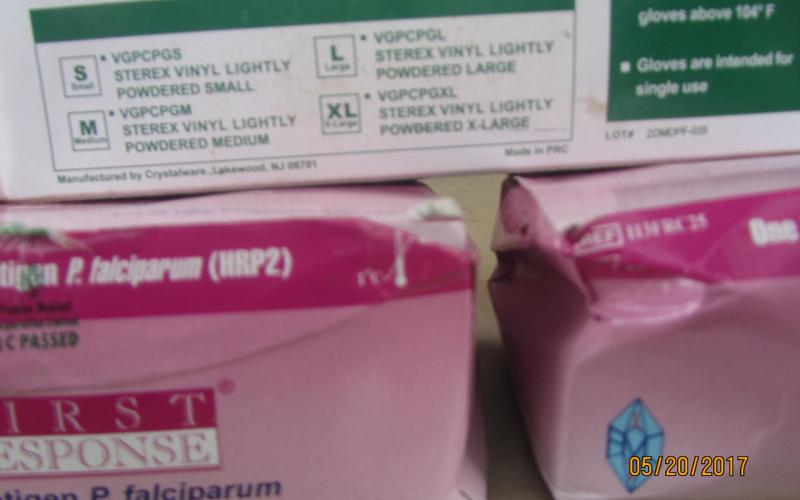
Serum therapy is broadly defined as the act of transferring certain humoral antibodies from an animal proved to have a high concentration of these antibodies to another animal in need of the same antibodies temporarily. The applications of this term is widely used even when other species other than human is the recipient or donor. As part of the solution to many viral diseases there are also probes associated with serum therapy as a whole, those include transmission of other infections other than the target disease.
Background
Ebola and Marburg (filo viruses) are virulent human pathogens that cause severe haemorrhagic disease resembling to fulminant septic shock. The disease is infectious though contact to animal reservoir and any other direct contact to body fluid from the infected persons. The virus has no approved vaccines or medicines that are approved by the World Health Organization (WHO). The disease has killed over 4000 people of about 7000 people how have ever been infected since the disease was first discovered. The figures above are said to be more and more people are still being infected. On average a third of them survive the virus.
Convalescent serum therapies have in the past proved to work in select cases. For instance in the year 1976 a young woman with Ebola in the (DRC) Democratic Republic of Congo (then Zaire) was treated with serum from a survivor. The response was good though she died after a few days. In 1995 there was an experiment of the same procedure at Kikwit, DRC. Eight patients were treated with whole blood samples from survivors and the results were promising as seven of the patients survived. There was no official conclusion but it was evident that this kind of treatment was responsible for that outcome (Mupapa, et al., 1999).
Treatment
The current outbreak of the virus in West Africa has been classified as the worst ever for Ebola. The rate at which people are being infected is higher than the previous outbreaks and the same applies to the mortality rates. This calls for an urgent solution to handle the situation since the spread is out of control in some of the affected countries. In this situation, given previous successful experience, convalescent serum therapy is the best immediately available remedy. The treatment has been recently successful as in the case of an America doctor infected in Liberia who was given whole blood from a survivor before being taken to USA for better supportive care. An experimental drug ZMapp was also administered to the doctor. The doctor did recover - though it is not clear which of the three factors was more effective for his recovery. This was followed by the second case of a US doctor who was treated with the serum from the first doctor, an experimental drug TKM-EBV and excellent supportive care. He also made a full recovery.
Procedures
During convalescent serum therapy there should be a sterile environment for all patients as part of the supportive care. The WHO has provided interim guidelines to national health authorities and blood transfusion services on how to carry out convalescent serum therapy (WHO, 2014). The highlights on how to conduct this treatment are as follows;
- The identification and selection of the suitable blood donors from survivors, this is followed by acquisition of donor medical data, consent and selection is done.
- The selected donors are then grouped as per their blood groups and TTI screening is done at this stage.
- Blood is then collected and the donors are given special care since they are the also able to donate their blood for the same purpose in future.
- Due to the high demand of this blood in the current crisis, safety and storage of the whole blood and plasma units are necessary it an effective inventory system together with transportation.
- On treatment, the Ebola patients are selected and grouped then informed consent is given.
- Blood from the patients collected for testing, after which the right convalescent serum is administered as per their blood groups and other procedural clinical evaluations (WHO, Essential Items for Blood Transfusion in Emergency Settings, 2014).
- Excellent patient support care and monitoring is provided for the patients to recover.
For this therapy to work there must be other considerations such as human resource and adequate supply of critical materials, new infection control measures including safety of the health workers and there should be proper data collection and analysis to help in future improvements and permanent cure finding of Ebola.
References
WHO. (2014, September 26). Experimental therapies: growing interest in the use of whole blood or plasma from recovered Ebola patients (convalescent therapies). Retrieved from World Health Organization Website: http://www.who.int/mediacentre/news/ebola/26-september-2014/en/
Mupapa, K., Massamba, M., Kibadi, K., Kuvula, K., Bwaka, A., Kipasa, M., . . . Muyembe-Tamfum, J. J. (1999). Treatment of Ebola Hemorrhagic Fever with Blood Transfusions from Convalescent Patients. Oxford Journals: The journal of Infectious Diseases, 179.
WHO. (2014, November 1). Essential Items for Blood Transfusion in Emergency Settings. Retrieved from World Health Organisation: http://www.who.int/bloodsafety/transfusion_services/essential-items_bts.pdf?ua=1
WHO. (2014, October 30). Use of Convalescent Whole Blood or Plasma Collected from Patients Recovered from Ebola Virus Disease for Transfusion, as an Empirical Treatment during Outbreaks. Retrieved from World Health Organization: http://apps.who.int/iris/bitstream/10665/135591/1/WHO_HIS_SDS_2014.8_eng.pdf

